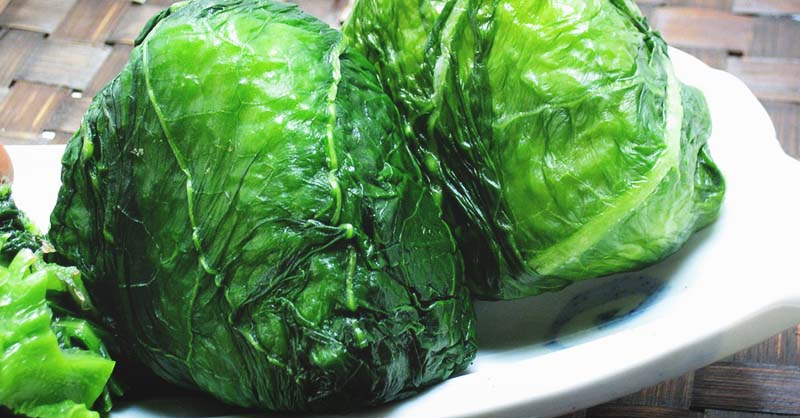Jennifer is a full-time homesteader who started her journey in the foothills of Freezing red cabbage Carolina in 2010. Currently, she spends her days gardening, caring for her orchard and vineyard, raising chickens, ducks, goats, and bees. Jennifer is an avid canner who provides almost all food for her family needs. She enjoys working on DIY remodeling projects to bring beauty to her homestead in her spare times.
If you buy an item via links on this page, we may earn a commission. Our editorial content is not influenced by commissions. Did you plant a ton of cabbage in your garden this year? Are you now struggling to know what to do with it all? I felt the same way last weekend when I walked through my garden and realized almost all of my cabbage was ready to be harvested. There I stood in my kitchen staring at roughly 20 cabbage heads wondering what in the world I was going to do with it all. I began to research my options and wanted to share them with you as well.
Do you enjoy sauerkraut on your hotdog or as an addition to other foods? Well, you’re in luck because sauerkraut is nothing more than fermented cabbage. You have multiple techniques you can practice fermenting your cabbage. The cabbage can be chopped or sliced and placed inside fermentation containers. You must use weights to keep the cabbage weighed down inside the container. It’s crucial the cabbage stay beneath the brine to avoid any mold from forming. From there, you allow the cabbage to ferment for a few days or longer if desired.

The second option you have is to ferment your cabbage in chopped pieces in a crock. You use weights to weigh the cabbage down in the crock to keep it beneath the brine and to stop mold. The cabbage should be allowed a few days or longer to go through the fermentation process. Finally, you can ferment an entire cabbage head.
In most cases, the juice from the cabbage mixed with salt makes the brine for fermenting. When fermenting an entire cabbage head, this isn’t possible. In this instance, a brine should be made and applied to the cabbage to keep the head fully submerged as it goes through the fermentation process. Your next option for preserving your cabbage harvest is to dehydrate the cabbage. It’s a simple process which doesn’t require much prep work. To begin, peel the outer leaves off the cabbage.
Slice it into thin pieces and lay them on the dehydrator. The dehydrator should be set anywhere from 125 degrees Fahrenheit to 135 degrees Fahrenheit. Leave the cabbage in the dehydrator until it’s dry and brittle. This could take anywhere from eight to 12 hours.
When the cabbage is thoroughly dehydrated, store in an airtight container and use it as an addition to soups or in place of fresh cabbage when making coleslaw. Freezing cabbage is easy to do and is also easy to utilize later. To begin, peal the outer leaves from the cabbage. Roughly chop the cabbage and blanch in boiling water for approximately two minutes.
